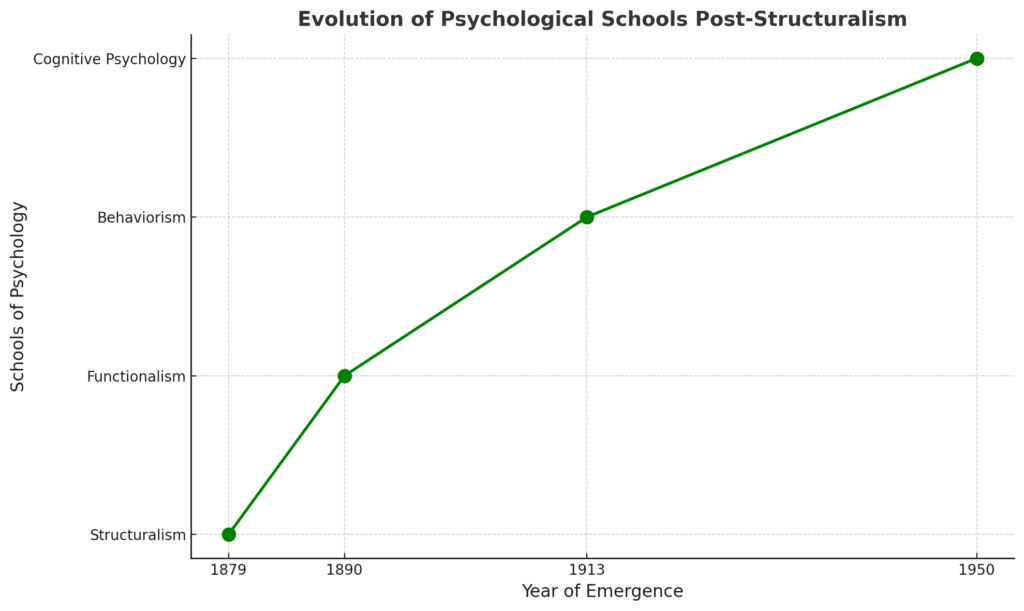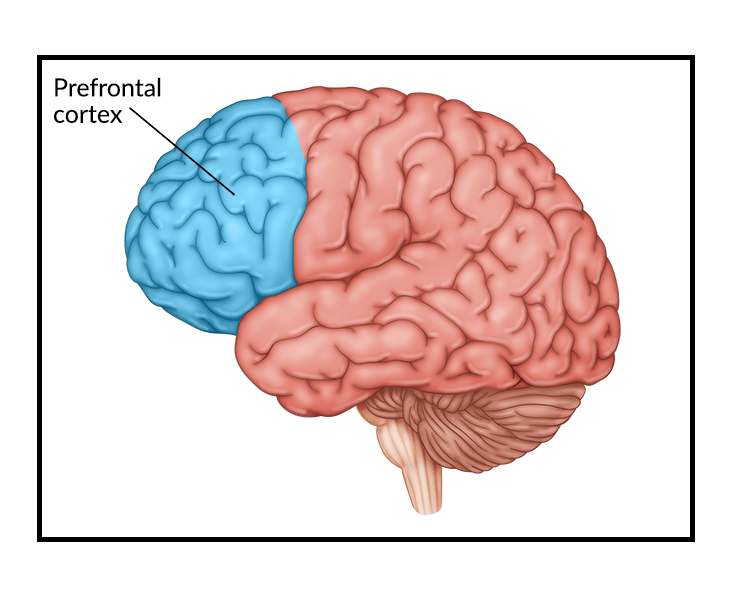
Emergence of Psychology: Schools of Psychology – Structuralism
The emergence of structuralism marked a defining moment in the story of psychology’s transformation into a scientific discipline. In the late 19th century, when the scholars were eager to unravel the mysteries of the human mind, structuralism aimed to dissect the mind, much like a chemist dissects compounds, into its basic elements. They focused on the structure of consciousness and this school of thought laid the groundwork for experimental psychology, in a way that this is known today. This article will discuss the journey of the origins, methods and enduring legacy of structuralism.
Historical Context
Structuralism was born in a world where psychology was still tethered to philosophy. As the winds of change swept through Europe during the late 19th century, there was a collective yearning among scholars to study the human mind through scientific methods. This yearning gave rise to structuralism, a school of thought that sought to bring the rigor of science to the study of consciousness.
Founding of Structuralism
The seeds of structuralism were sown by Wilhelm Wundt, often hailed as the “Father of Experimental Psychology,” and later nurtured by Edward B. Titchener, who formalized the movement.
- Wilhelm Wundt (1832-1920): A visionary who established the first psychology laboratory in Leipzig, Germany, in 1879. Wundt’s work was groundbreaking, emphasizing introspection as a method to study the mind.
- Edward B. Titchener (1867-1927): A British psychologist who brought Wundt’s ideas to the United States, Titchener refined structuralism into a distinct school of thought, focused on the components of consciousness.
Key Principles of Structuralism
At its heart, structuralism was an ambitious attempt to map the architecture of the mind. It posited that consciousness, like any complex phenomenon, could be broken down into fundamental elements. These elements, when combined, create the intricate tapestry of human thought and experience.
Core Assumptions
- Consciousness as a Composite: Structuralists believed that consciousness was not a seamless whole but a mosaic of individual components.
- Immediate Experience Matters: Unlike philosophy, which often deals with abstract concepts, structuralism was rooted in the direct and immediate experiences of individuals.
- Introspection as a Tool: Trained observers were tasked with describing their conscious experiences in meticulous detail, providing data for psychological study.
Goals of Structuralism
- To identify the building blocks of consciousness.
- To understand how these components interact to form complex mental phenomena.
- To create a “periodic table” of mental elements, akin to chemistry’s classification of substances.
Methodology
Introspection: The Structuralist Lens
Introspection was the cornerstone of structuralist methodology. It was something like: a participant is handed a rose. Instead of simply labeling it as a “rose,” they describe its redness, softness, and fragrance in isolation. This meticulous breakdown of experience was the essence of introspection.
Experimental Rigor
Structuralism embraced the scientific method with enthusiasm. Wundt’s laboratory was a hub of innovation, equipped with instruments to measure reaction times, sensory perception, and more.
Table 1: Key Components of Structuralist Methodology
| Aspect | Description |
|---|---|
| Introspection | Self-analysis of immediate conscious experience |
| Stimulus Control | Presentation of standardized stimuli |
| Quantification | Measurement of mental processes |
Criticisms of Structuralism
While structuralism was groundbreaking, it was not without its flaws. Its decline was hastened by criticisms from both within and outside the psychological community.
The Subjectivity Problem
- Introspection’s Limits: The method relied on participants’ ability to accurately describe their experiences, leading to subjective and often inconsistent results.
- Unreachable Depths: Many mental processes, such as unconscious thoughts, were beyond the reach of introspection.
A Narrow Perspective
- Structuralism’s exclusive focus on consciousness ignored broader aspects of psychology, such as behavior and emotion.
- It was seen as overly theoretical, with limited practical applications.
Rivals Emerge
- Functionalism: Championed by William James, this school focused on the purpose of mental processes rather than their structure.
- Behaviorism: Advocated by John B. Watson, behaviorism dismissed introspection altogether, favoring observable behaviors as the subject of study.
Legacy of Structuralism
Despite its decline, structuralism’s impact on psychology is undeniable. It paved the way for future schools of thought and established experimental methods as the gold standard in psychological research.
Contributions to Psychology
- A Scientific Foundation: Structuralism solidified psychology’s status as an experimental science, separate from philosophy.
- Influence on Successors: Its principles inspired the development of functionalism, behaviorism, and later, cognitive psychology.
- Focus on Methodology: Structuralism’s emphasis on controlled experimentation set the stage for rigorous research practices.
Chart 1: Evolution of Psychological Schools Post-Structuralism A timeline highlighting key transitions from structuralism to functionalism, behaviorism, and beyond.

Conclusion
Structuralism is a story of ambition and exploration. It represents psychology’s first steps toward becoming a scientific discipline, driven by a desire to understand the human mind’s intricate workings. While its methods and focus were eventually surpassed, structuralism remains a cornerstone in the history of psychology, reminding us of the importance of curiosity and the courage to chart new territories.
References
- Boring, E. G. (1950). A History of Experimental Psychology. Appleton-Century-Crofts.
- Titchener, E. B. (1898). Structuralism and its methods. Philosophical Review, 7(4), 399-412.
- Wundt, W. (1874). Principles of Physiological Psychology. Macmillan.
- Schultz, D. P., & Schultz, S. E. (2011). A History of Modern Psychology. Wadsworth Publishing.







